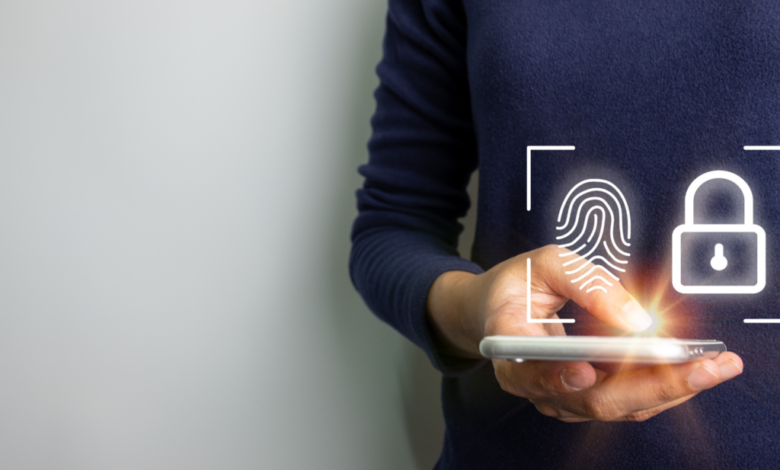Tips to Protect Your Digital Privacy While Managing Personal Finances Online

In today’s digital world, managing personal finances online has become the norm. From online banking to mobile payment apps, the convenience is undeniable. However, this convenience comes with risks that can compromise your digital privacy and financial security. Here are some key strategies to protect yourself while managing personal finances online.
1. Use Strong and Unique Passwords
Your passwords are the first line of defense against unauthorized access. Do not use the same password for multiple accounts. Instead, create strong and unique passwords for each financial account. Use a mix of uppercase and lowercase letters, numbers, and special characters. To manage these passwords effectively, consider using a password manager.
2. Always Check for the ‘https’ Protocol
Regardless of the site/digital platform you use, ensure that the site’s name displayed on your web browser begins with ‘https.’ The ‘https’ is an internet protocol that uses end-to-end encryption. The term ‘s’ here stands for secure. By using websites and portals that begin with https, you can prevent third-parties from gaining access to your financial data.
3. Enable Two-Factor Authentication (2FA)
Two-factor authentication adds another layer of security to your account because it requires a second form of verification, like a one-time code sent to your phone, in addition to your password. Most banks and financial apps offer this feature; make sure it’s enabled.
4. Be Wary of Public Wi-Fi
Public Wi-Fi networks usually are not secured, so they create a hotspot for hackers wanting to intercept your data. Avoid accessing financial accounts or making transactions over public Wi-Fi. If you must use public Wi-Fi, make sure you connect through a VPN (Virtual Private Network) to encrypt your internet traffic and keep your information safe from prying eyes.
5. Keep Software Updated
Make sure that your devices’ operating systems, browsers, and financial apps are up to date. Sometimes software updates often include security patches that fix vulnerabilities that hackers might exploit.
6. Monitor Your Accounts Regularly
Regular monitoring of your bank accounts and credit card statements can help you catch unauthorized transactions early. Most banks offer real-time alerts for transactions—enable this feature to stay informed about any unusual activity.
7. Choose a Reliable VPN Provider
A VPN is important to secure your digital privacy, especially when dealing with finances online. It encrypts your internet connection, making it impossible for hackers to access your sensitive information, such as login credentials or credit card details. Make sure to select a good VPN provider with a no-logs policy and strict encryption standards to achieve maximum security.
8. Be Cautious with Emails and Links
Phishing emails are a common way cybercriminals steal financial information. Always check the sender’s email address, and never click on suspicious links. If unsure, go to the financial institution’s website directly by typing the URL in your browser.
9. Use Secure Websites
When accessing financial accounts online, the website’s URL must have “https” in front of it and show a padlock icon next to the address bar. It would indicate that the connection was encrypted and secure.
10. Minimize Your Digital Footprint
Reducing your digital footprint can help keep your financial information secure. This can be done by erasing your old email accounts, not oversharing information on digital media, using one-time credit card numbers and enabling two-factor authorization to all your accounts.
11. Limit the Sharing of Financial Information
Be cautious about sharing financial details over the phone, email, or social media. Legitimate institutions will never ask for sensitive information like passwords or PINs via these channels.
12. Educate Yourself
Stay informed about the latest cybersecurity threats and trends. Understanding how hackers operate can help you take proactive measures to protect your digital privacy.
Conclusion
With these steps, you can dramatically minimize the risks that come with online personal finance management. As has been stated, digital privacy requires both awareness and proper tools with good habits to achieve a secure online experience, protecting your finances while keeping your mind at ease.




